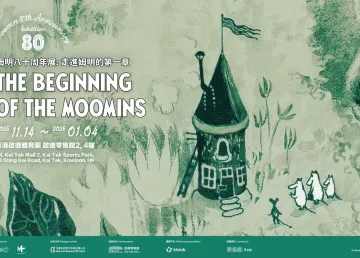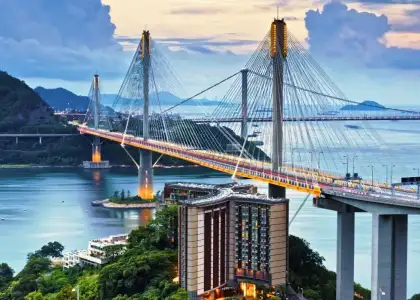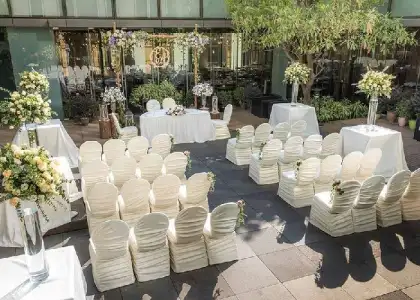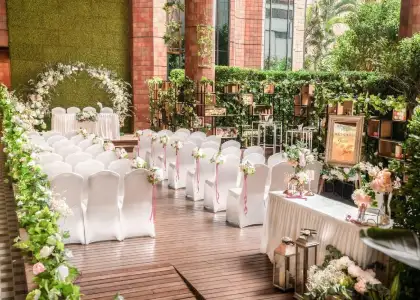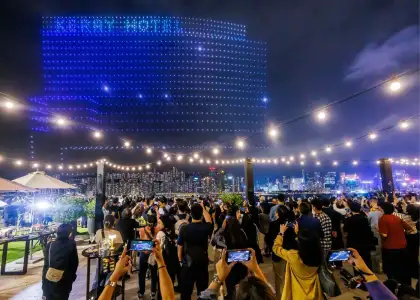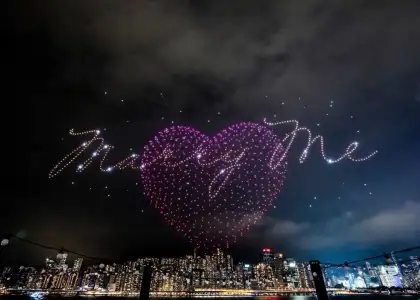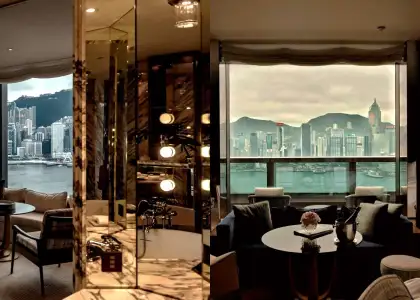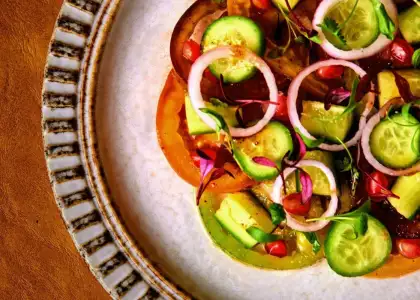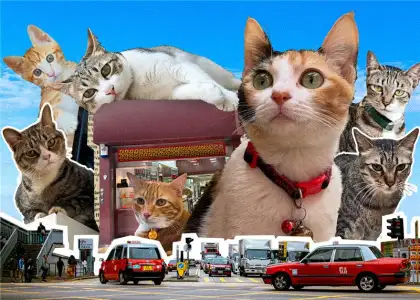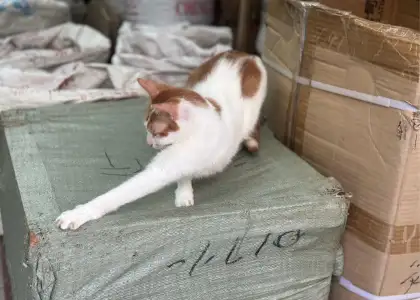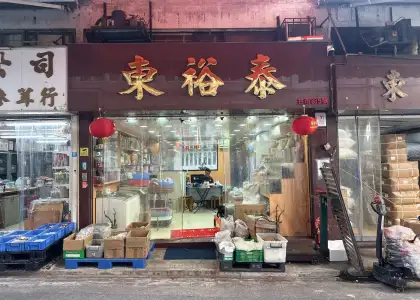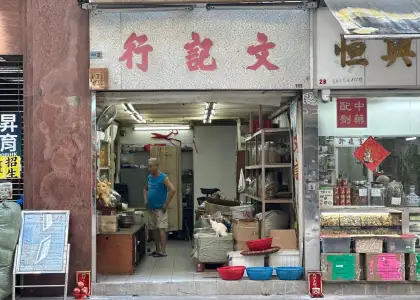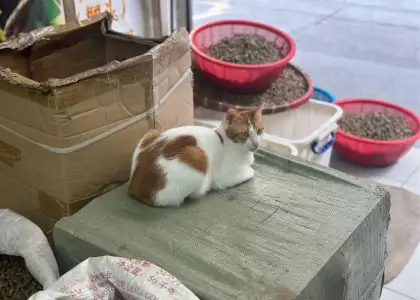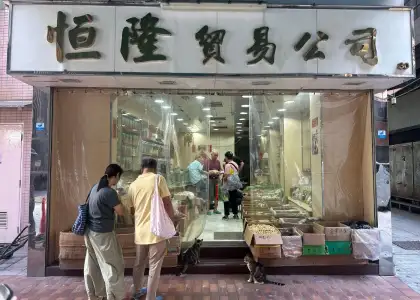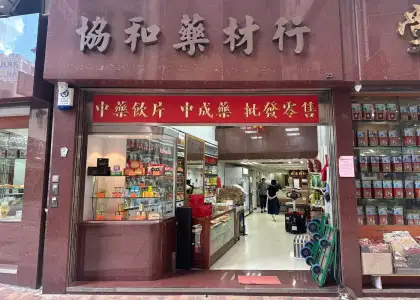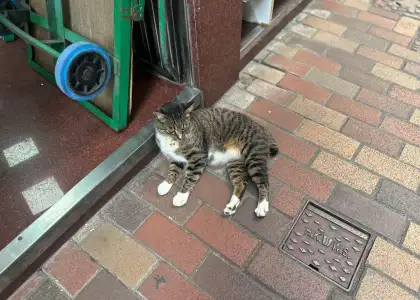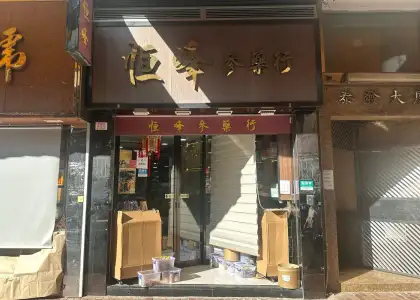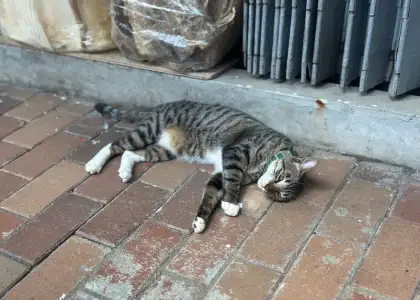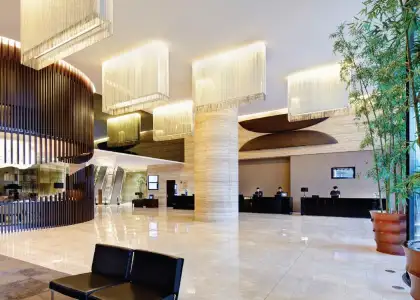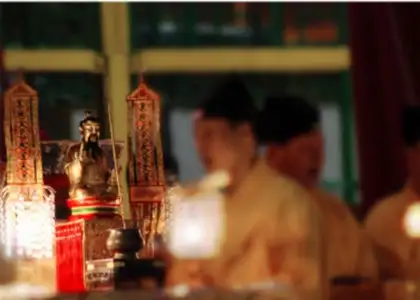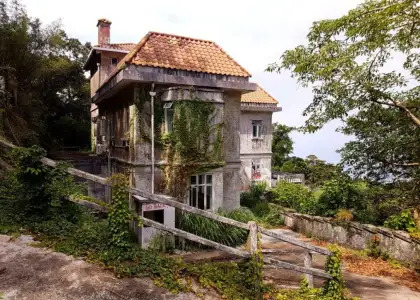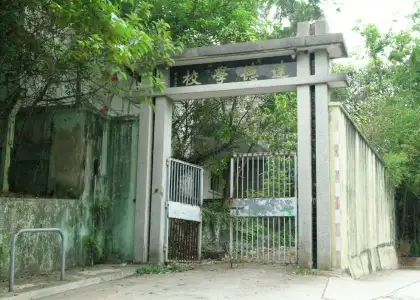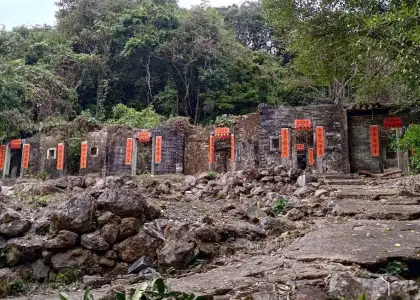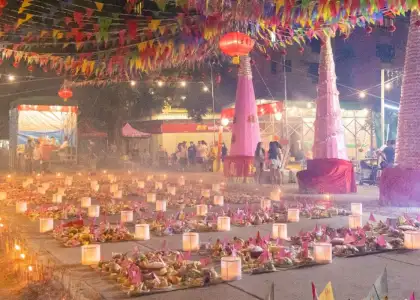The Architects Preserving Hong Kong’s Disappearing Street Signs

Hong Kong shares a cliquey and fanatic obsession with its deep history, be that historical snapshots of city streets, World War 2 sites, abandoned buildings, or trinkets of a past time.
The city’s manifold street culture and classic trades that have existed and survived for decades, shines most prominently in the city’s street signs that point, advertise, and promote business and opportunity to street goers.
Formerly a thriving industry of producing signboards detailing ornate Chinese characters to beautify the storefronts of traditional shops, two Hong Kong-based architects have tasked themselves to preserve the city’s signboards under their conservation group @streetsignhk.
Ken Fun and Kevin Mak began Streetsignhk in 2017 to solve an apparent “heritage conservation crisis.”
“Through one ad-hoc preservation of a demolished neon pawn shop sign on the street, we noticed the abnormal rapid disappearance of these signboards in our streetscapes. It was tragic to find these historically and culturally valuable urban heritage being forced to be taken down under a new building regulation and the fast-changing business environment.”

As former colleagues at an architectural firm, Ken and Kevin thought alike, with a mind of preserving the old Hong Kong. Their interest first piqued with street signs when they rescued a disused pawn shop sign.
The pair entered a design competition held by Hong Kong Tourism Board for architects to create an installation for creative tourism in Central. They won with an idea to recall old Hong Kong stories through signboards that previously existed around the installation area.
Ken and Kevin realised that signboards existed as a great way to tell stories of a former city and are accessible to a Hong Kong audience.
“After we won, we realised that signboards were a great way to tell stories, talk about culture and history, and were also accessible for the public. That’s why we thought it would be a good idea to create a platform to help people learn more about them. "It is also often the main identity or only element that stayed for an old shop.”
“Through the selection of calligrapher, calligraphy style, material, and the production of a sign back in the days, to how they maintain and treasure the sign over the years - shop owners often tell us a lot about their history, culture, business model, and also about the community around them.”
“The loss of each signboard is just like throwing away a book from a city library permanently - a big part of knowledge might just disappear in vain if we don't care.”
Illustrated in the Streetsignhk Instagram account, Ken and Kevin hold a digital space for their larger conservation process to categorise, capture, and save disused, old, or broken street signs in a process described as a race against time.
The pair get tip offs of old street signs set to be demolished or thrown, hear on the news of restaurants closing to save their postings, or keep in touch with store owners to work deals to preserve neon tubing and street sign characters for exhibitions.
“@streetsignhk helps shop owners to understand the possibilities of keeping their existing shop signs or building new signs in terms of regulation and design advisory. If we run out of ways to keep it at its original location, we preserve the sign as a donation from the shop for usage in our regular cultural and education exhibitions.”
“Sometimes we also keep the signs for the shop owner temporarily, so that the signs can be returned to the owners if they reopen their shops in the future.”
Describing the signboard streetscape as a unique character point of Hong Kong, with its density of urban environment, diversity of culture, and bilingual context, the architects say street signs are becoming highly recognisable points of Hong Kong’s culture locally and abroad.
“The unique and condensed mixture of all these different types and shapes of signs, as a tradition that reached its golden age in the 70-90s, plays a key role in shaping the characteristic of each of our streets, from the most popular and touristy streets in Mong Kok or Causeway Bay, down to the most local ones in Sham Shui Po and in old towns in the New Territories.”
“Each of these signboard-streetscapes forms a visual culture of a district or local-landmark. They have always been the main place-making elements that defined our street culture.”
Ken and Kevin routinely ask their fans and Hong Kongers to keep their eyes peeled in their community, and report a shop that is moving, closing, or to flag instances of workers taking down a street sign, for action to be taken quickly to assist shop owners.
Check out @streetsignhk for more information on upcoming on-site preservation projects and signboard design projects to further visualise the sustainable cultural vision in Hong Kong.
Subscribe to The Beat's newsletter to receive compelling, curated content straight to your inbox! You can also create an account with us for free to start bookmarking articles for later reading.


